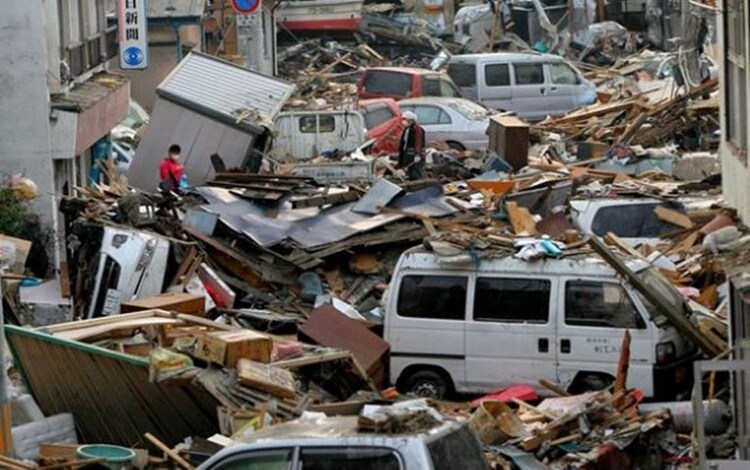In the archipelago nation of the Philippines, seismic activity is a constant concern, and recent statements from experts at the Philippine Institute of Volcanology and Seismology (Phivolcs) shed light on the potential for multiple significant earthquakes rather than a single catastrophic event, challenging the conventional notion of a singular “Big One.”

Jeffrey Perez, a Supervising Science Research Specialist at Phivolcs, highlighted that various regions and provinces across the Philippines harbor distinct seismic sources, each capable of generating powerful earthquakes. Speaking on the “Ako at Geo” program, Perez emphasized that these diverse sources could lead to a multitude of seismic scenarios, with each region facing its version of a potential “Big One.”
The West Valley Fault presents a looming threat to Metro Manila, with its movement posing the risk of a significant earthquake in the densely populated capital region. Similarly, the Davao Fault System poses a similar danger to Davao City, emphasizing the localized nature of seismic threats.
Even regions like Ilocos, which experienced a magnitude 7.0 earthquake in 2022, continue to face seismic risks from unmoved faults like the West Ilocos Fault. Additionally, the Eastern Samar region faces the potential for a magnitude 8.0 earthquake originating from movements along the Philippine Trench, further highlighting the diverse seismic hazards present across the country.
Perez stressed that the Philippines isn’t facing just one “Big One” but rather a series of significant seismic events, aptly dubbed as “Big Ones.” Each region’s unique geological features contribute to distinct earthquake scenarios, necessitating tailored preparedness measures and response strategies.
However, Perez noted that Palawan stands out as an exception due to the absence of mapped earthquake sources. While strong earthquakes may still be felt in Palawan, the lack of mapped sources makes it unlikely to experience a singular “Big One.” Despite this, residents must remain vigilant as seismic activity can still occur unpredictably.

The insights provided by Phivolcs underscore the importance of comprehensive earthquake preparedness and mitigation efforts across the Philippines. From community-level awareness initiatives to infrastructure resilience measures, proactive measures are essential in mitigating the potential impacts of seismic events. By recognizing the diverse nature of seismic threats, authorities, and communities can work together to enhance resilience and minimize the risks posed by earthquakes across the nation.
